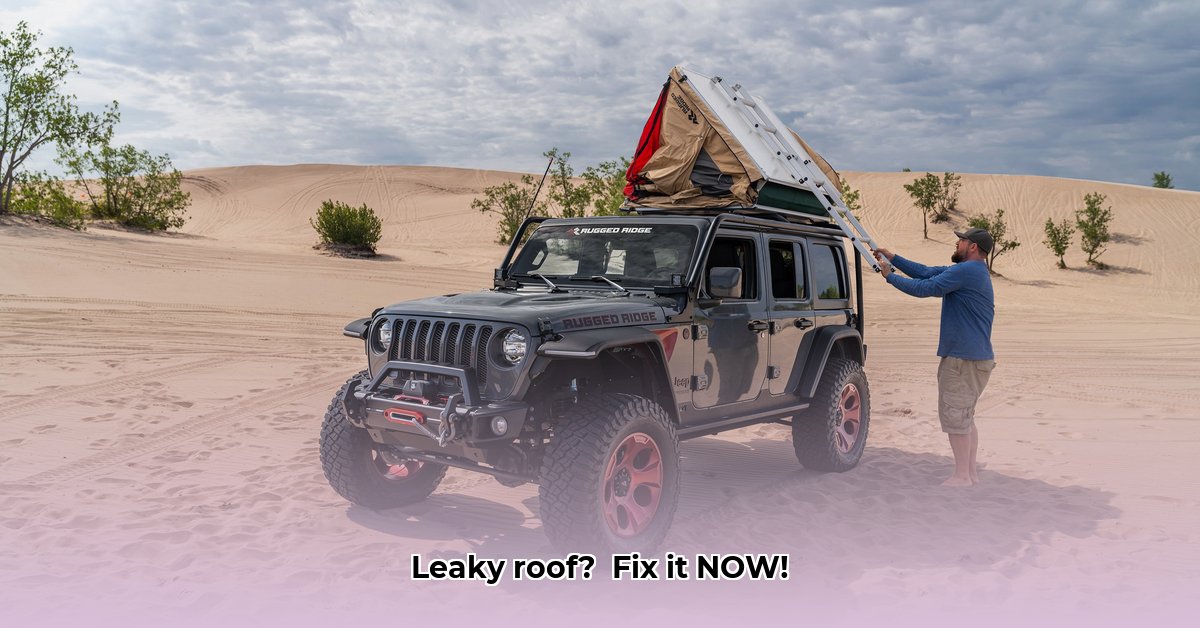Is your roof ridge doing its job? That seemingly simple peak where roof planes meet is essential for your home’s protection. A compromised roof ridge invites leaks, leading to structural damage and expensive repairs. This guide unveils the secrets of the roof ridge: its construction, maintenance, and repair. Learn to identify potential issues, understand ventilation needs, and decide when to DIY versus calling a professional. Shield your home with a healthy, robust roof ridge!
Roof Ridge Deep Dive: Construction, Types, and Proactive Care
The roof ridge, often overlooked, is your roof’s unsung hero. This crucial junction of sloping roof planes acts as a barrier against the elements. More than just an aesthetic detail, the ridge’s health directly affects your home’s structural integrity. Overlooking a damaged ridge is like leaving your front door unlocked, opening your home to water damage and costly repairs. Understanding the role of each element contributes significantly to roof longevity and overall home value. Let’s explore the key aspects of roof ridge care.
What we’ll explore:
- Ridge Anatomy: Understand the components of a roof ridge and their functions.
- Ridge Types: Identify the different ridge designs based on roof styles.
- Structural role: Learn to appreciate essential elements of ridge-related constructions
- Maintenance & Repair: Learn the basics of ridge maintenance and repair
- Ventilation Solutions: Discover how proper airflow can extend your roof’s life.
What is My Roof Ridge?
The roof ridge is the horizontal peak where two or more roof slopes converge. Its primary function is to seal the roof, preventing water intrusion and maintaining structural stability. A well-maintained ridge extends the lifespan of your roof, protecting your home and investment. Conversely, a neglected ridge becomes a weak point, susceptible to leaks and deterioration.
Different Roof Ridge Styles: Identify Your Roof Type
Roof ridge designs vary depending on the roof type. The gable roof features a single, straightforward ridge. Hip roofs have more complex ridges that follow multiple slopes. Saltbox roofs have an asymmetrical design with one long, sloping side and a ridge that is offset from the center. Understanding your roof style is the first step in proper maintenance and repair. Can you identify the ridge type on your home?
Here’s a breakdown of different roof styles:
- Gable Roof: A classic triangular shape with a simple, straight ridge.
- Hip Roof: Slopes on all four sides, meeting at a central ridge point.
- Mansard Roof: Characterized by double slopes on each side, creating a low-pitched ridge.
- Saltbox Roof: Asymmetrical design with a long, sloping back and a ridge that is offset.
- Gambrel Roof: Two slopes on each side, the lower slope being steeper than the upper slope, commonly found on barns.
(Replace with actual image)
Roof Ridge Construction: Ridge Boards, Ridge Beams, and Load Considerations
The structural core of your roof ridge typically consists of either a ridge board or a ridge beam. Ridge boards are suitable for roofs with moderate slopes and lighter loads. Ridge beams, on the other hand, provide superior support for steeper roofs or areas prone to heavy snow. Local building codes dictate the appropriate choice for your building. Adhering to these codes ensures structural integrity and safety. Investing in proper construction will save on costly repairs in the long run. A qualified professional can help you determine the best ridge support system for your home.
Roof Ridge Ventilation: Breathe Easy and Extend Roof Life
Proper attic ventilation is key to a healthy roof and a comfortable home. Without adequate airflow, moisture can accumulate, leading to mold, mildew, and wood rot. Effective ventilation prevents these issues, extending the life of your roof. There are two primary ventilation approaches:
- Passive Ventilation: Relies on natural airflow, using vents placed strategically at the eaves and ridge.
- Active Ventilation: Employs fans to actively draw air through the attic.
Both active and passive ventilation systems are crucial to maintaining a dry, healthy attic environment and preventing costly roof damage.
Roof Ridge Inspection: Spot Problems Early
Regular roof inspections, ideally twice a year and after major storms, can identify potential problems before they escalate. Here’s a step-by-step inspection process:
- Ground-Level Assessment: Use binoculars to scan the roof ridge for missing or damaged shingles, sagging, or discoloration.
- Ladder Inspection (Safety First): If comfortable, climb onto the roof using a secure ladder and safety equipment.
- Ridge Cap Examination: Check for loose, cracked, or missing ridge cap shingles.
- Flashing Check: Inspect the flashing around chimneys, vents, and other roof penetrations for damage or gaps.
- Ventilation Assessment: Make sure that ridge vents are unobstructed.
- Interior Check: Inspect the attic for signs of leaks, such as water stains or mold.
Roof Ridge Repair and Replacement: Know When to Call a Professional
Minor repairs, such as replacing a few shingles or applying sealant to small cracks, can often be tackled by homeowners comfortable working at heights. However, larger issues, like replacing sections of the ridge or dealing with structural damage, require the expertise of a professional roofer. Replacing a ridge cap may seem straightforward, but proper installation is critical to ensure a watertight seal and long-term protection.
Roof Ridge Repair Materials: Choose Wisely
Selecting the right materials is essential for a durable and effective roof ridge repair. Here’s a comparison of common options:
| Material | Pros | Cons |
|---|---|---|
| Asphalt Shingles | Affordable, readily available, matches existing shingles | Shorter lifespan, vulnerable to extreme weather |
| Metal Ridge Caps | Long-lasting, weather-resistant, adds aesthetic appeal | More expensive, requires specialized installation skills |
| Tile Ridge Caps | Durable, fire-resistant, enhances curb appeal | Heavy, requires specialized installation, can be expensive |
| Synthetic Ridge Caps | Lightweight, durable, weather-resistant, mimics other materials | Can be more expensive than asphalt shingles, may not match existing roof exactly |
| Roofing Cement/Sealant | Easy to apply, flexible, seals gaps and cracks | Not a long-term solution for major damage, may require reapplication over time |
Always prioritize safety when working on your roof. If you’re uncomfortable or uncertain about any aspect of the repair, it’s best to consult with a qualified roofing contractor. “Properly installed and maintained ridge caps are crucial to preventing water damage and extending the lifespan of your roof,” says [Sarah Jones, Certified Roofing Specialist] at [Best Shield Roofing].
Conclusion: Invest in a Healthy Roof Ridge
A healthy roof ridge is essential for protecting your home from the elements and maintaining its structural integrity. Regular inspections, prompt repairs, and proper ventilation are key to extending the life of your roof and preventing costly problems down the road. By taking proactive steps to care for your roof ridge, you’re safeguarding your investment and ensuring the comfort and security of your home. Did you realize a well-maintained roof can significantly increase your home’s resale value?
- Gray Kitchen Backsplash Tile: Ideas for a Stylish Upgrade - December 14, 2025
- Backsplash For Gray Cabinets: Choosing the Right Backsplash Style - December 13, 2025
- Gray And White Backsplash: Ideas For Timeless Style - December 12, 2025









